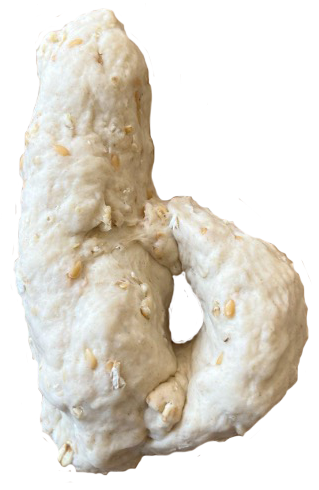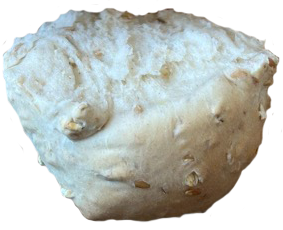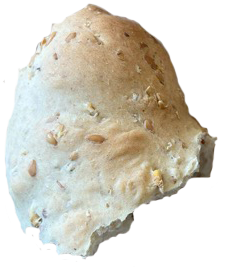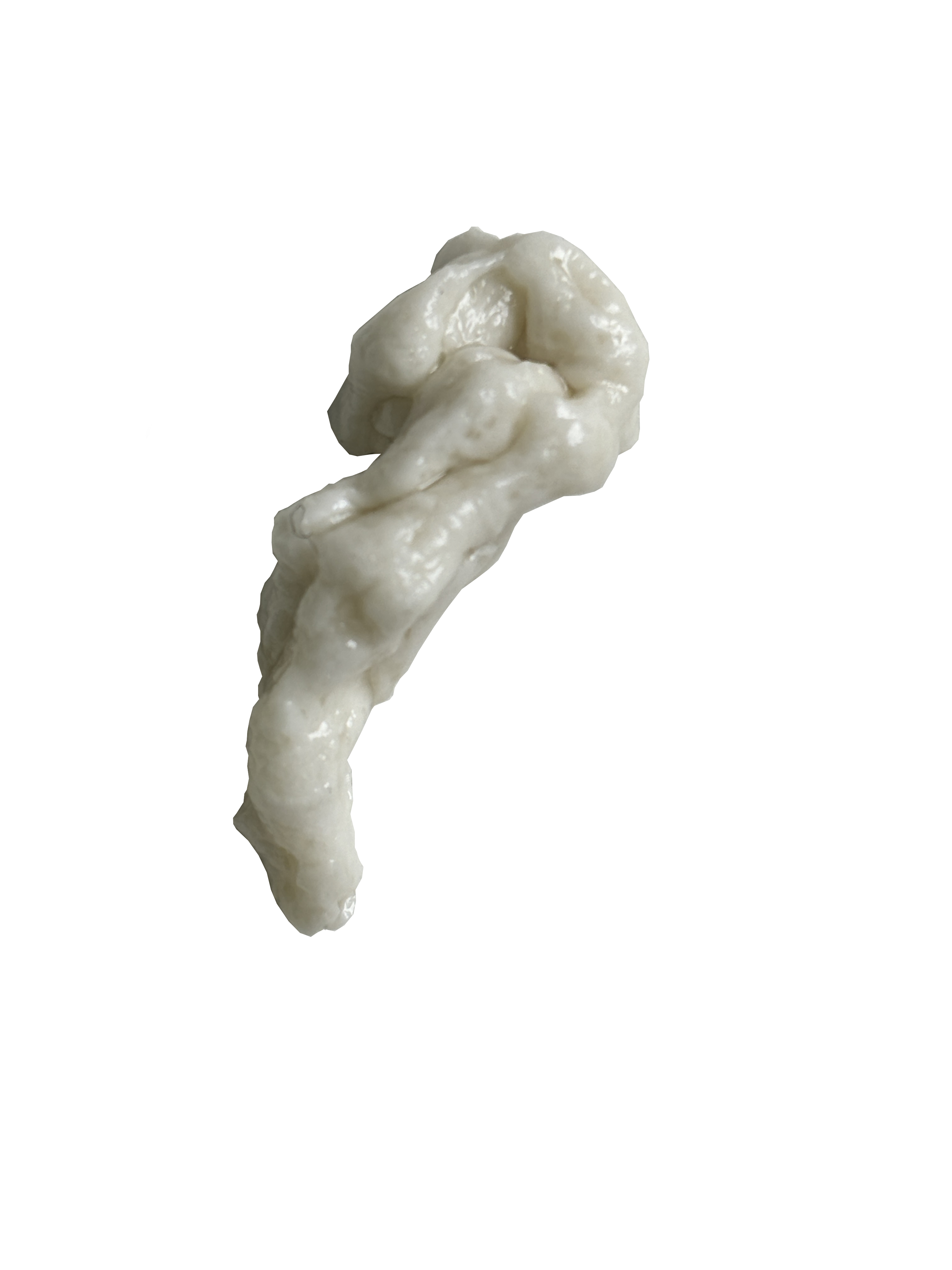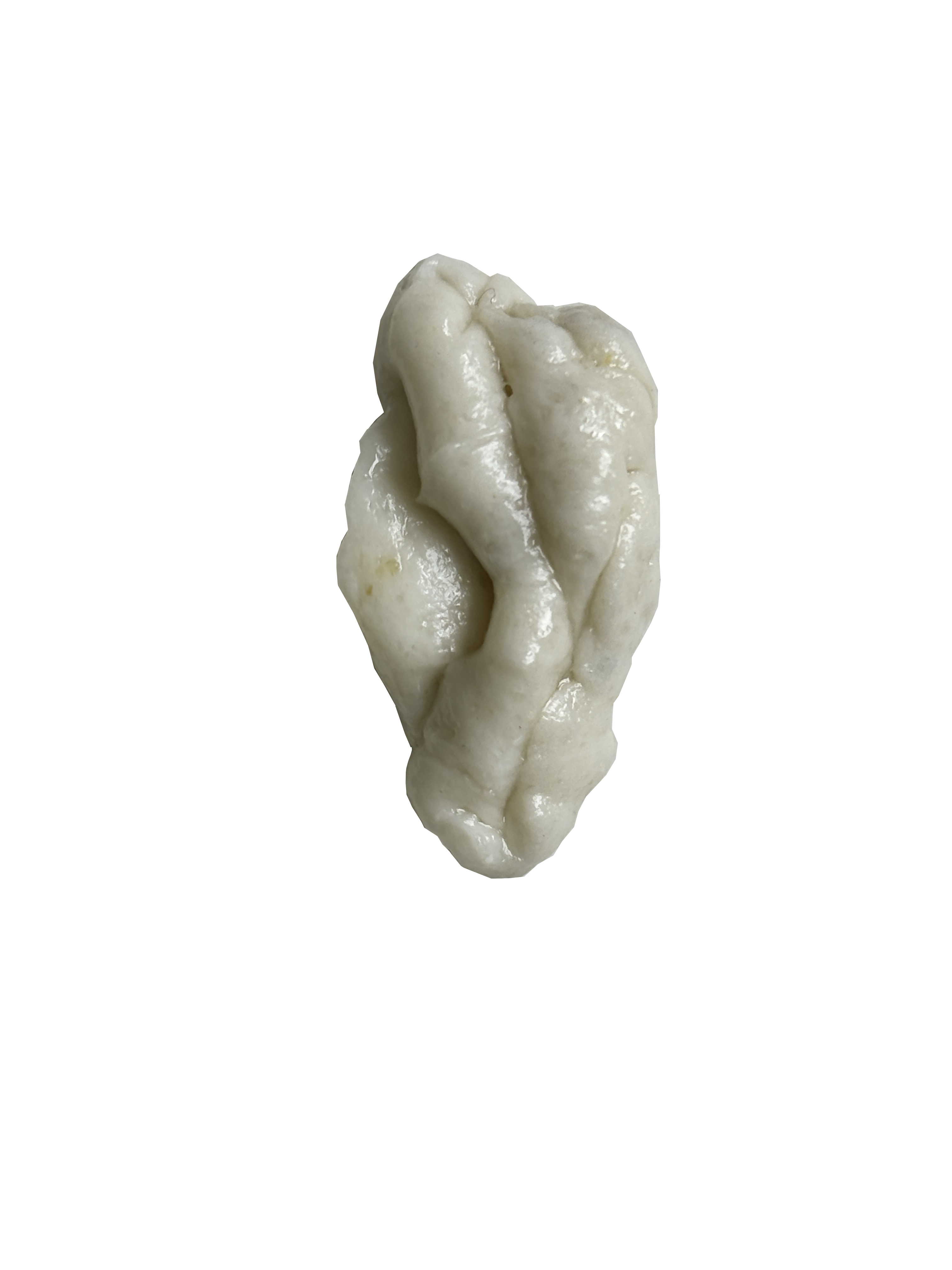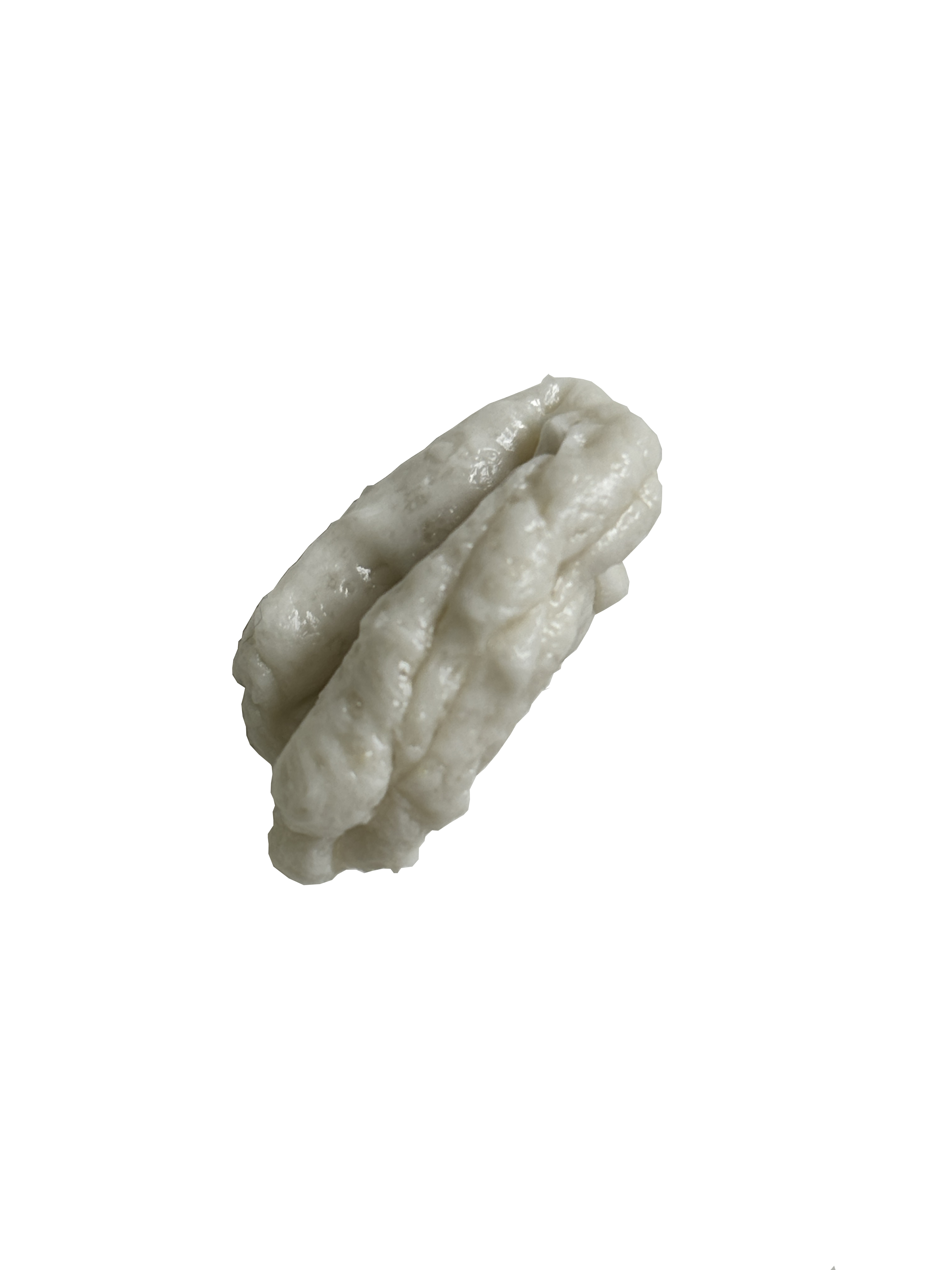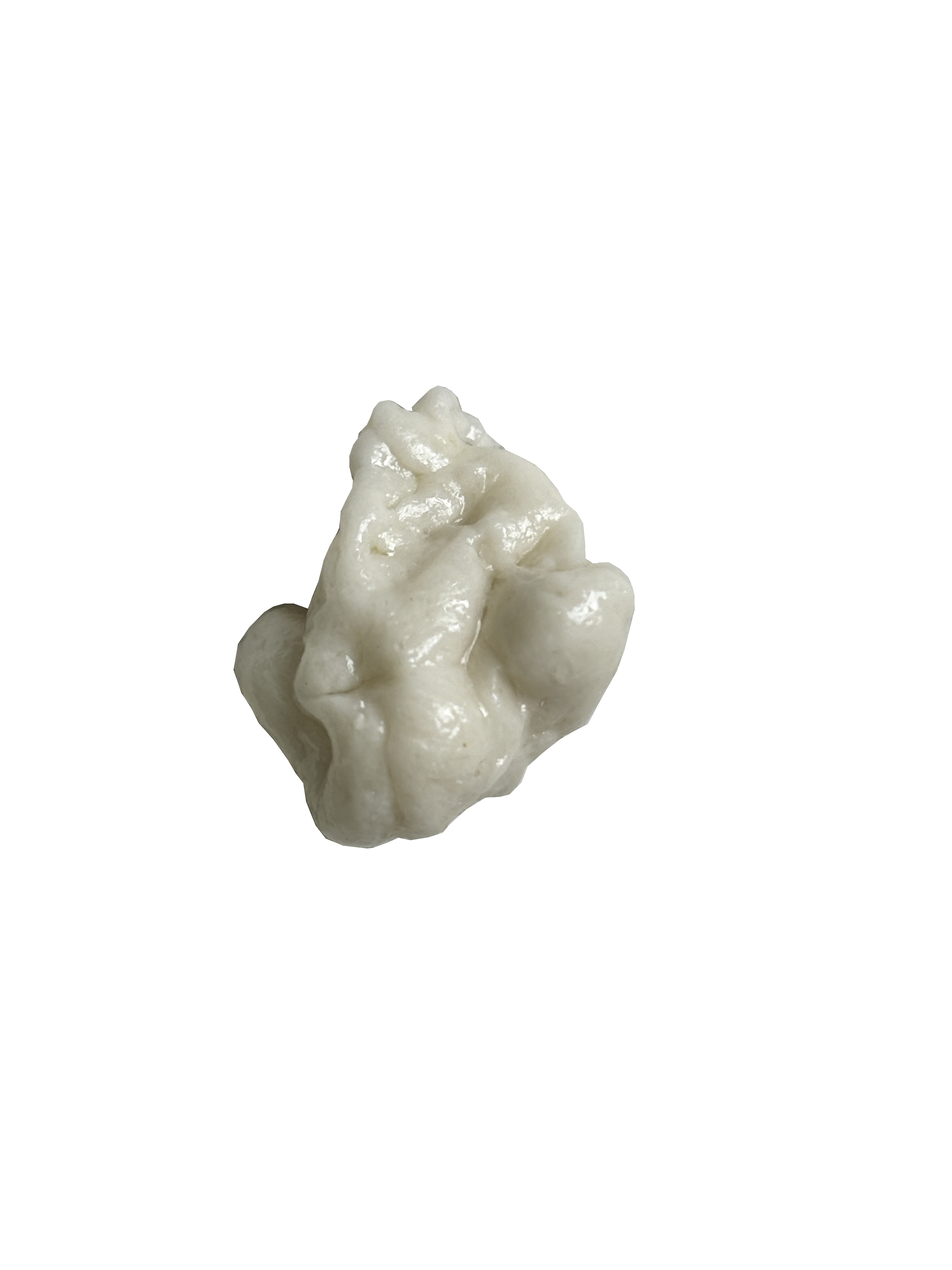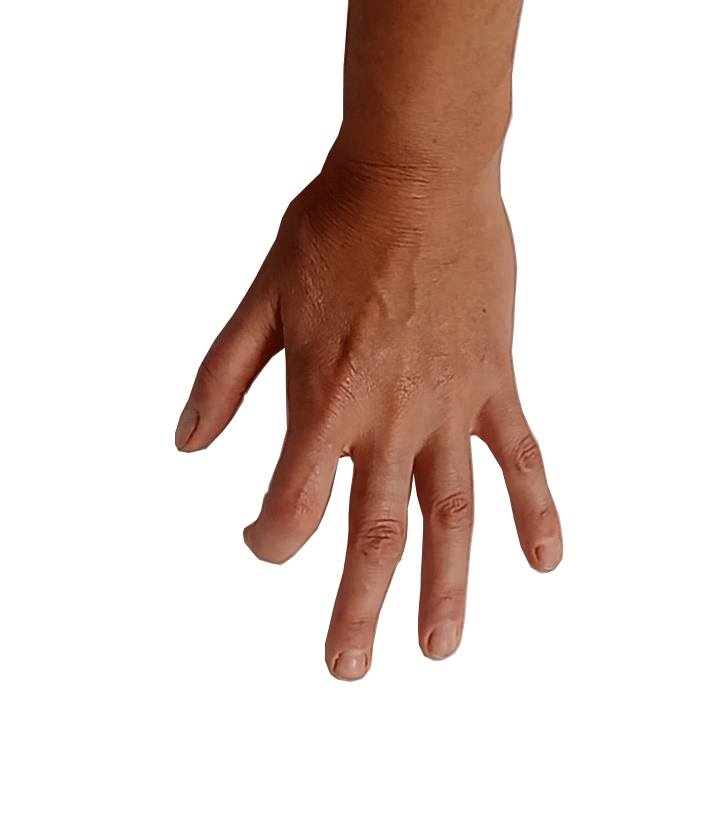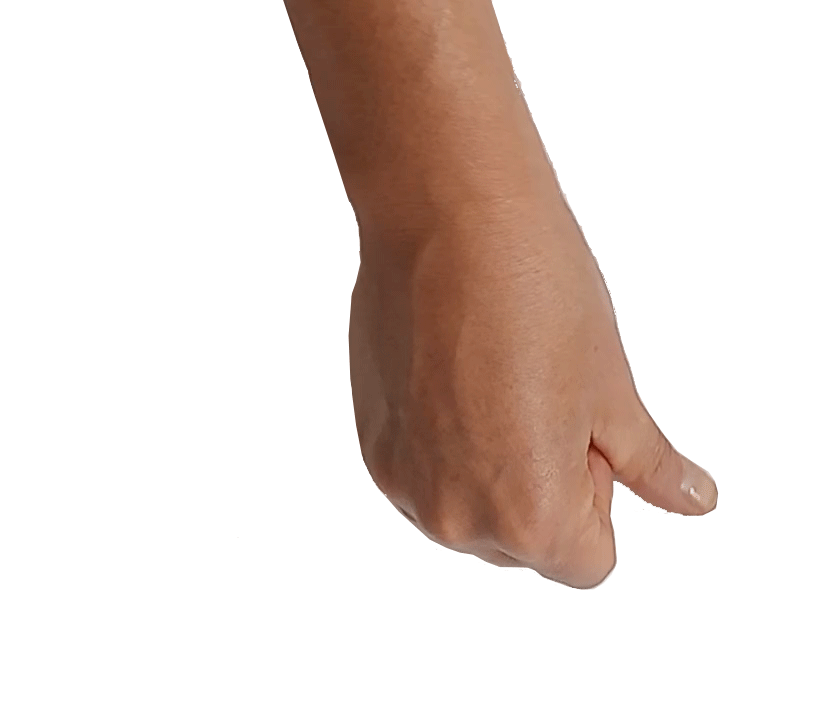Distracted Methodologies is a research collaboration between artists Flora Parrott and Moyra Derby. It is motivated by the incompatibilities between the conventions of academic research and the qualities of practice-based research. The proposition of a distracted methodology upends negative framings of distraction as a cognitive flaw, and argues for the creative potential of distracted and dispersed attention, allowing for multi-sensory, tangential and associative ways of thinking. Along the way, we have collaborated and been inspired by other artists and academics. In this website you will find the work of others who are easily distracted and the website has been made in conversation with and designed by Claire Undy.
This website is part of a project that has received funding from the European Research Council (ERC) under the European Union’s Horizon 2020 research and innovation programme. Grant agreement No. 863944 THINK DEEP.

